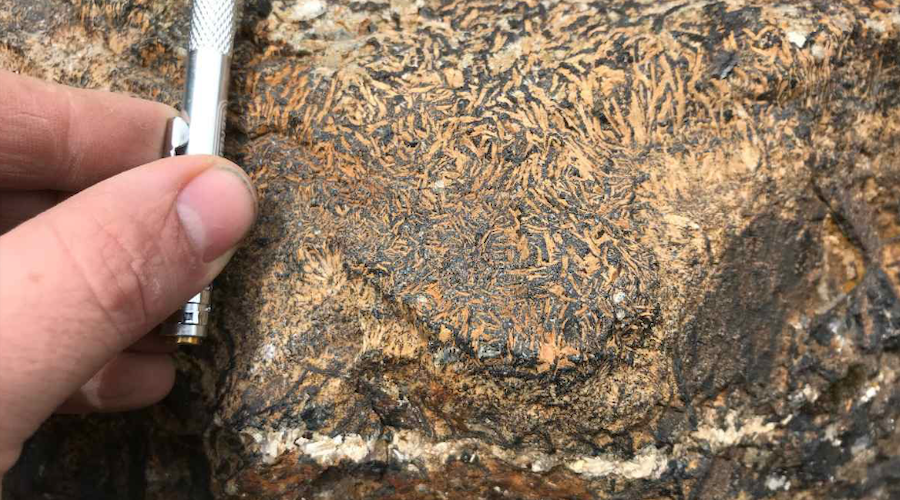Scientists give new clues to find iron ore deposits

Iron oxide-apatite deposits are formed from a magma-like liquid dominated by calcium carbonate and sulphate
“The origins and chemical properties of ore-forming fluids are key parameters that determine whether a mineral deposit will form. In this case, our results show that the fluids that form iron oxide-apatite deposits are sourced by a very particular process: melting of limestones and/or salt deposits by injection of magma,” said Matthew Steele-MacInnis, senior author of the study and assistant professor in UofA’s Department of Earth and Atmospheric Science.
According to Steele-MacInnis, these results can be directly applied in exploration. All geologists looking for iron oxide-apatite deposits would have to do is target areas where magmatic rocks have been emplaced into sedimentary basins containing limestones or salt deposits.
“Iron oxide-apatite deposits have been mined for some years as sources of iron, which is probably the single most important metal for industrial applications and infrastructure,” Steele-MacInnis said. “But in recent years, these deposits have become even more attractive because they commonly are enriched in key high-tech metals like rare earth elements, which are critical to green-energy production and electronics.”




